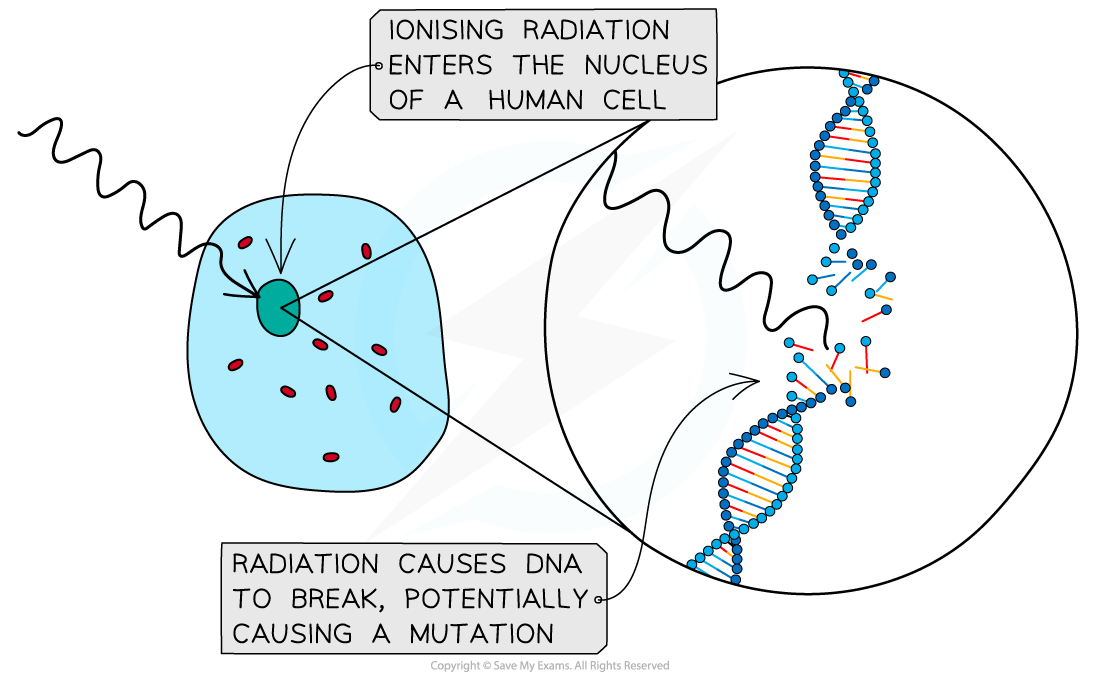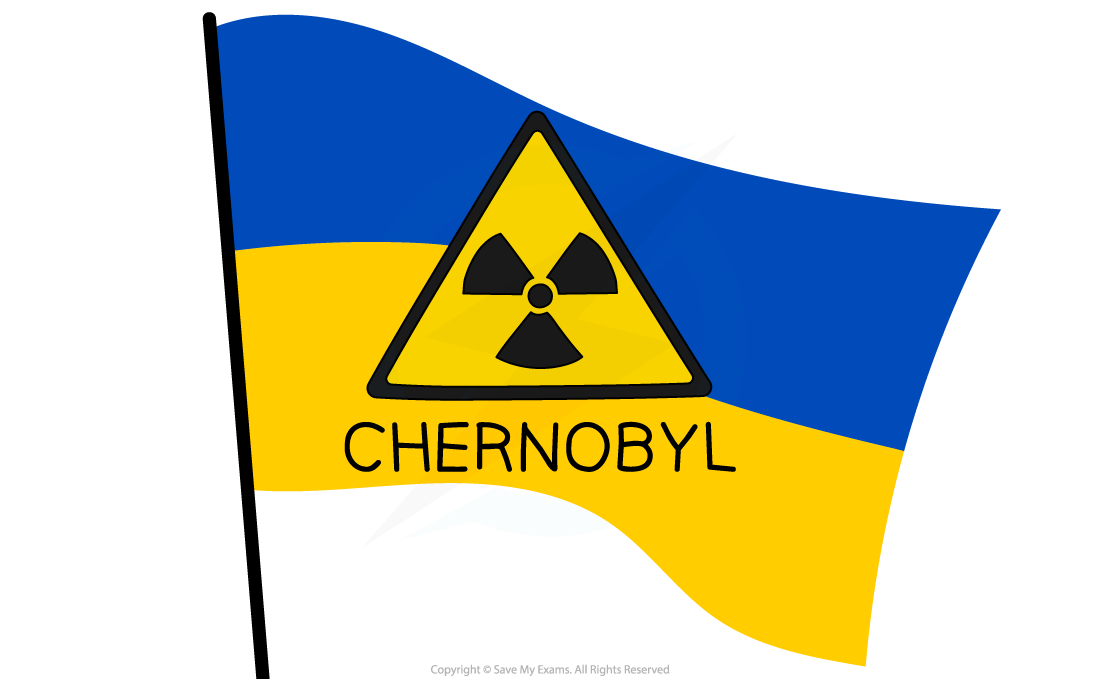- 翰林提供学术活动、国际课程、科研项目一站式留学背景提升服务!
- 400 888 0080
IB DP Biology: HL复习笔记3.3.5 Mutations & Disease
Causes of Mutations
- A mutation is a change in the sequence of base pairs in a DNA molecule
- They occur randomly and continuously to create new alleles of a gene
- Often only with a very small number of differences in the base sequence
- As the DNA base sequence determines the sequence of amino acids that make up a polypeptide, mutations in a gene can sometimes lead to a change in the polypeptide that the gene codes for
- If the change is significant, this could be harmful for the organism (mutations are rarely beneficial). It may affect the ability of the protein to perform its function
- For example:
- If the shape of the active site on an enzyme changes, the substrate may no longer be able to bind to the active site
- A structural protein (like collagen) may lose its strength if its shape changes
- Most mutations are neutral because they do not alter the polypeptide or only alter it slightly so that its structure or function is not changed
- This is because the genetic code is degenerate
- Mutations in body cells can lead to cancer. These mutations are often eradicated when the individuals dies
- Mutations of cells which are involved in [popover id="KESQSnWqVkS52Olk" label="gamete"] production can be inherited by the next generation
Mutagenic agents
- There are natural mechanisms that take place within cells to ensure the accuracy of DNA replication
- These mechanisms involve proofreading and repairing damaged DNA
- When the mutation rate of a cell rises to above a normal (usually low) rate then these mechanisms have become ineffective
- Mutagenic agents are environmental factors that increase the mutation rate of cells
- Radiation can cause chemical changes in DNA, this includes:
- High-energy radiation such as UV light
- Ionising radiation such as X-rays, gamma rays and alpha particles
- Chemical substances can also caused changes to DNA, examples include
- Benzo[a]pyrene and nitrosamines found in tobacco smoke
- Mustard gas used as a chemical weapon in World War I

Ionising radiation can cause mutations in DNA
Effects of Radiation
Chernobyl Nuclear Disaster
- Chernobyl Nuclear Power Plant is in Ukraine
- In 1986 an incident at the plant caused an explosion and fire in the nuclear reactor core
- A large amount of radioactive material was released from the plant and went into the air
- Radioactive isotopes of xenon, krypton, iodine, caesium, and tellurium were released as well as large amounts of small particles of uranium
- Hundreds of thousands of people were evacuated from the surrounding area to protect them from being contaminated
- An exclusion zone of around 2,600 square kilometres is still in place around the power plant
- This is because the level of radiation in the area is still very high

The Chernobyl Disaster is probably the worst nuclear disaster in history
- The effects of the Chernobyl powerplant explosion were significant:
- The total number of radiation related deaths to date has reached 4000
- Large areas of pine forest turned brown and died in the weeks afterwards
- Agricultural animals died due to thyroid damage caused by radioactive iodine and the consumption of contaminated meat e.g. lamb, was banned
- Milk produced contained high levels of iodine in areas where waterways had been contaminated
- Bioaccumulation of radioactive materials occurred in nearby waterways affecting fish in countries thousands of kilometres away and contaminating drinking water for many species
- Thousands of cases of thyroid cancer were recorded as a direct result of the radioactive iodine, including over 4000 in children and adolescents
- However, despite all this, there is no significant evidence of an increase in solid cancers or leukaemia even in the most affected population
- With no human habitation within the exclusion zone since the explosion, other wild animals and many species of plants have moved in and colonised the area
- Despite the high radiation levels, the life expectancy of these organisms has not been shortened
- The long term effects on those who were exposed to low levels of radiation are yet unknown as studies continue
Nuclear bombing of Hiroshima and Nagasaki
- Two atomic bombs were dropped in Japan towards the end of World War II. One on Hiroshima and one on Nagasaki
- Between 150 000 and 200 000 people died as a direct result of the bombs
- Half of these people died on the day the bombs were detonated and the rest died in the months immediately afterwards as a result of burns, radiation sickness, injuries or through illnesses and malnutrition
- Huge studies were carried out on other survivors, compared to a control group, to build a bigger picture of the longer term impact of high exposure to radiation
- Incidence of cancer were much higher in the survivors studied compared to the control group
- An increase in leukaemia cases was seen in both cities after a 2 year delay, which reached a peak around 6 years after the bombings
- Those who were closer to ground zero seemed to be more seriously affected
- There were also thousands of recorded cancerous tumours in the groups being monitored, although due to confounding factors, only around 800 could be formally attributed to the effects of radiation
- A large study was also carried out into the effects on babies pre and post birth
- It was expected that there would be high numbers of mutations resulting in subsequent stillbirths or deformities, however, the numbers of incidence recorded were not significant
- There was no evidence to suggest that babies conceived by survivors of the bombings were more likely to be born with birth defects
- There were many more social impacts associated with the bombs
- The survivors were labelled 'Hibakusha', meaning 'the explosion affected people' and the associated stigma lead to widespread discrimination
- There were concerns about whether the Hibakusha were contagious or whether the illnesses that they experienced were heritable. Sterilisation programs were even considered
- As a result, many survivors struggled to find employment or marry
- The survivors were labelled 'Hibakusha', meaning 'the explosion affected people' and the associated stigma lead to widespread discrimination
转载自savemyexams

最新发布
© 2025. All Rights Reserved. 沪ICP备2023009024号-1








